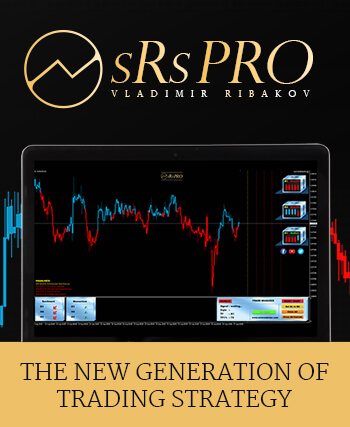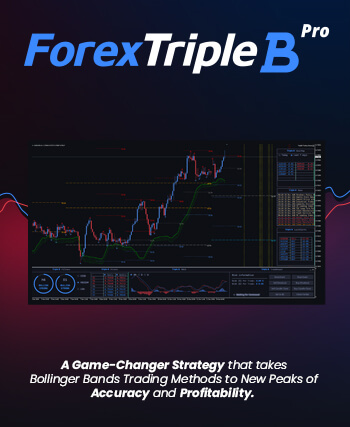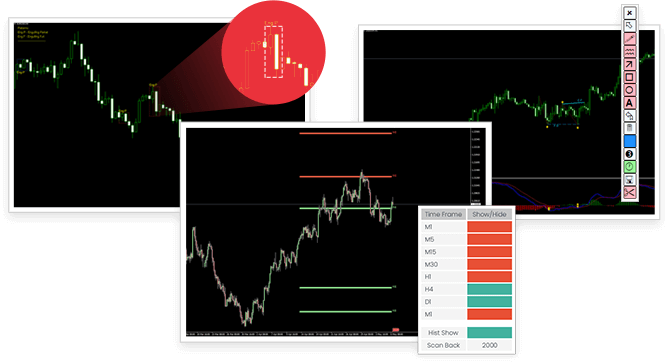
3 ‘Uninvestable’ Industries Facing Severe Disruption In 2017. The “Trump Bump” will soon come to an end, and earnings will once again drive stocks higher or lower. Bulls think 2017 S&P 500operating earnings could hit $130 per share. Who knows if this happens? Even in times of relative stability, it’s foolish to predict the markets—and probably the only thing everyone can agree on these days is that our current situation is far from stable.
There are too many variables, including uncertainties about the policies President-elect Trump will put forward, to have any clue where the market will wind up at year’s end. Will Trump succeed in cutting the corporate tax rate or start a crippling trade war with China? Will he “repeal and replace” the Affordable Care Act or throw the whole healthcare sector into chaos? Your guess is as good as mine, and anybody who claims to know is probably a partisan hack or a salesperson, or both.
One thing we can be sure of is that, as always, a handful of big movers will disproportionately impact the indexes in 2017. Last year NVIDIA Corporation (NASDAQ:NVDA) was that stock. I wish I knew what this year’s breakout name will be, but all I can offer with some certainty is that even if the indexes post another year of low double-digit increases, more stocks will struggle than flourish.
Quite a few businesses could vanish altogether. Avoiding these laggards and soon-to-be zeroes is just as important to investing success as scouting for potential five or ten baggers. And one of the best ways to do so is to identify larger secular trends.
Austrian economist Joseph Schumpeter famously applauded the “creative destruction” aspect of capitalism, the method by which companies, and entire industries, go broke because a person or a company invents a better way of doing things. Analyzing this process is not easy. Nobody rings a bell alerting investors to sell stocks about to be disrupted into oblivion. If anything, as I’ve described before, they often appear temptingly inexpensive by valuation metrics such as price to earnings or price to cash flow just before they vanish.
Moreover, analysts and pundits often encourage bottom fishing for seemingly cheap stocks in troubled industries. I still have a stack of bullish analyst reports recommending stocks in forgotten sectors like video rental stores, pay phones, and pagers. All of them cited attractive valuations. Most of the companies being recommended no longer exist.
Even businesses that manage to survive industry bloodbaths rarely, if ever, receive premium valuations again. Technology stocks are great examples. Disk drive survivors Seagate Technology (NASDAQ:STX) and Western Digital (NASDAQ:WDC) perpetually sell at low PE ratios, as do auto-industry survivors General Motors (NYSE:GM) and Ford (NYSE:F). If GoPro (NASDAQ:GPRO) and Fitbit (NYSE:FIT) recover from last year’s drubbings, both are likely doomed to sell at a fraction of their once rich valuations.
Today, three industries (and others I have yet to identify) are facing severe disruptions. First, and foremost, is brick-and-mortar retailing. Hardly a week goes by without a high profile retailer reporting disappointing monthly or quarterly sales, followed by a stock price collapse. Macy’s (NYSE:M) and Kohl’s (NYSE:KSS) both rang in the New Year by dropping 14 percent and 19 percent, respectively, on weak Christmas sales.
Meanwhile, e-commerce competitors, especially Amazon (NASDAQ:AMZN), are rapidly taking market share. Amazon’s 2016 revenues were over $135 billion, vs. $107 billion in 2015 and $89 billion in 2014. By comparison, Wal-Mart’s (NYSE:WMT) 2016 revenues were about $486 billion, vs. $482 billion in 2015. In other words, the most powerful force in brick-and-mortar retailing over the last generation has virtually stopped growing while its main online competitor has been growing steadily at 20+ percent and shows no signs of letting up.
Many smaller retailers recently filed for bankruptcy, including Pacific Sunwear, American Apparel, Wet Seal, Aeropostale (OTC:AROPQ), Sports Authority, Sports Chalet, and Fairway Grocery Stores. Existing public chains facing extinction include Sears (NASDAQ:SHLD), Gordmans (NASDAQ:GMAN), Bon Ton Stores (NASDAQ:BONT),HHGregg (NYSE:HGG), and Stage Stores (NYSE:SSI).
There will be more, and the survivors will sell at ever-lower valuations. This powerful trend prompted Wells Fargo (NYSE:WFC) to label the entire group as close to “uninvestable” following poor holiday sales and the just completed annual ICR retail conference in Orlando.
The asset management industry is also facing headwinds. A secular shift toward indexing, plus the soon the be implemented Department of Labor “fiduciary rule” has led to declining assets and declining fees at most mutual fund companies. Assuming this trend continues, these firms will reduce or eliminate their stock buyback programs while others will cut or eliminate quarterly dividends. Historically, these companies have been highly profitable. Gamco Investors Inc (NYSE:GBL) paid its leader, Mario Gabelli, roughly $1 billion in cash over the last ten years. Most have minimal debt. But as revenues and profits shrink, price earnings ratios will also likely fall. The upshot is potential declines of 20-50 percent for many industry stocks. Unless these companies are bought out, most could (or should) underperform the market in the next 12-24 months.
A third troubled industry is offshore energy supply companies. As more and more, cheaper and easier to extract oil is discovered onshore, energy companies will likely reduce exorbitant offshore exploration efforts. This will reduce revenues at firms like Tidewater (NYSE:TDW), Hornbeck Offshore Services (NYSE:HOS), Bristow Group (NYSE:BRS) and Ion Geophysical (NYSE:IO).
All four depend on offshore drilling and exploration, and all have debt. If oil prices are flattish in 2017, all four will report losses and see further share price declines. Ten months ago, I identified eight exploration companies with high yielding debt—Basic (NYSE:BAS), Stone (NYSE:SGY), Ultra, W&T Offshore Inc (NYSE:WTI), EXCO (NYSE:XCO), Gastar Exploration (NYSE:GST), Energy 21, and Linn Energy LLC (OTC:LINEQ). Six have since filed Chapter 11. While bankruptcy is not as imminent for these four offshore service companies, all face a difficult future.
Source – Investing.com






















Worth reading it
Kind of informative article, good…Keep up
Ok Vlad, thank you
THANKS